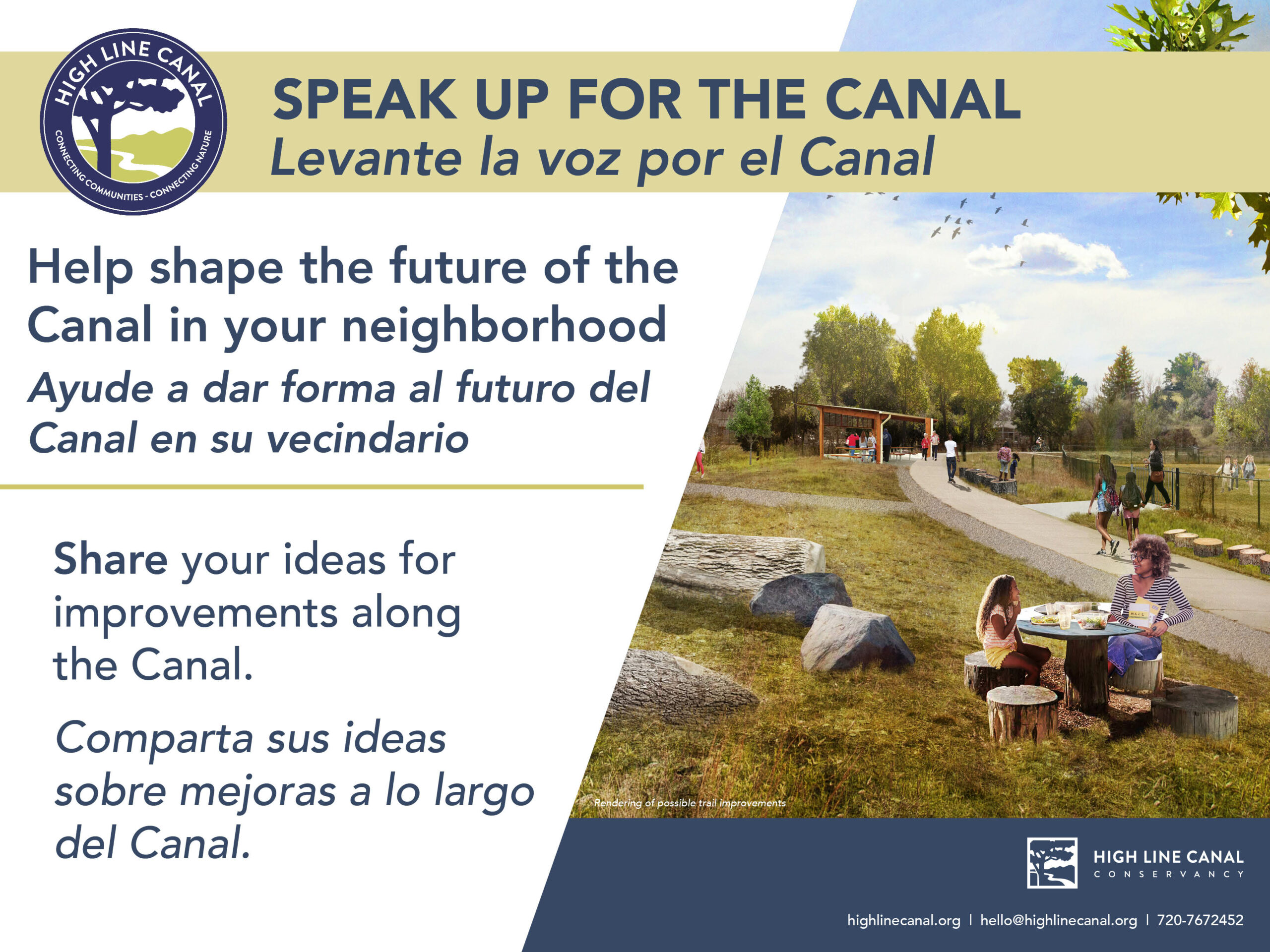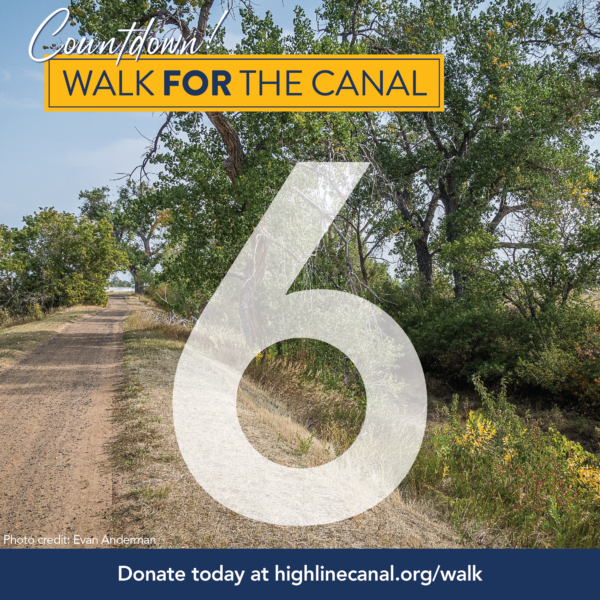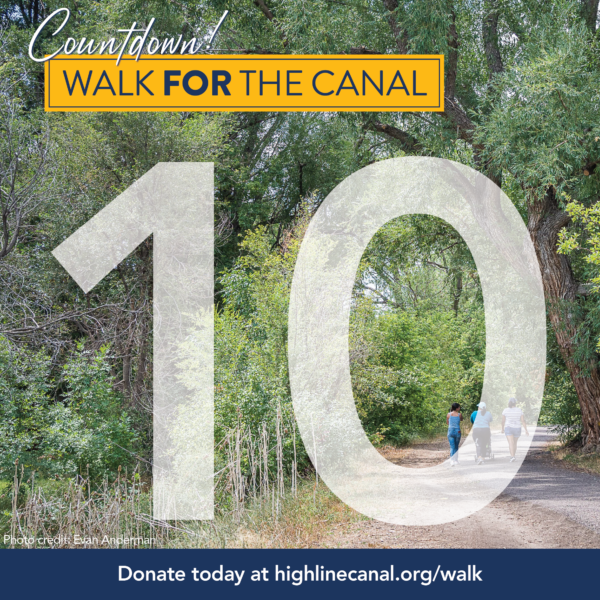The High Line Canal Conservancy has partnered with Denver Botanic Gardens’ research and conservation department this summer to take a deeper look into the botanicals that line the High Line Canal. Since May, assiduous botanists have been out almost every day assessing the plant species along all segments of the 71-mile corridor with several objectives in mind; including a more defined characterization of the five character zones representing the High Line Canal.
Other goals comprise of examining the types of botanicals growing along our wild and winding Canal while gathering tissue samples of plant specimens, adding to the Kathryn Kalmbach Herbarium at the Denver Botanic Gardens. Together, tissue and data collection will become a representation of the High Line Canal’s condition at this point in time. Meaning, with a more drastic fluctuation of water in the Canal and with changes to our climate, we may hold a better understanding of how these variations will impact the nature of our beloved Canal.
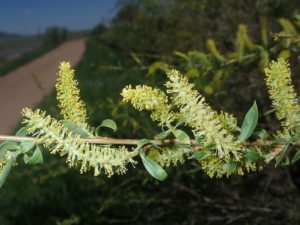
Pollen-bearing anthers of native willow (genus Salix). Photo by: Denver Botanic Gardens

The Blue Ridge carrion flower, found along the Canal in Waterton Canyon. Photo by: Denver Botanic Gardens
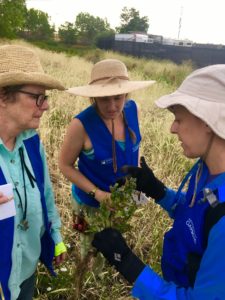
Botanists out on the Canal
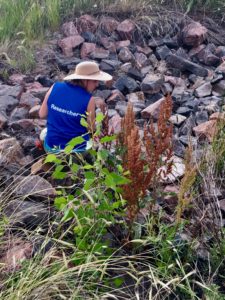
Botanists out on the Canal
Types of plant species already identified through this survey include native chokecherries, cottonwoods and coyote willow as well as non-natives like buckthorn or honeysuckle. Excitingly, there have been unexpected natives discovered such as Blue Ridge carrion flowers which are only found in a few counties within Colorado, yet here there are in a plethora along the Canal in Waterton Canyon.
This work would not have been made possible without a grant from the Laura Jane Musser Fund under her Environmental Initiative to build a community-based approach to solving environmental problems and encouraging environmental stewardship. The Laura Jane Musser fund was established by the estate of Laura Jane Musser of Little Falls, Minnesota to continue the personal philanthropy, which she practiced in her lifetime.
To read more in-depth about this partnership, survey and outcomes, we encourage you to take a look at “The High Line Canal: Which plants green this greenway”. An article written by the lead researcher on this project, Dr. Christina Alba.
*A variation of this article first appeared in the spring 2018 issue of Aguilera, the newsletter of the Colorado Native Plant Society (Vol. 41. No. 2). Copyright Christina Alba. https://epublications.regis.edu/cgi/viewcontent.cgi?article=1204&context=aquilegia



